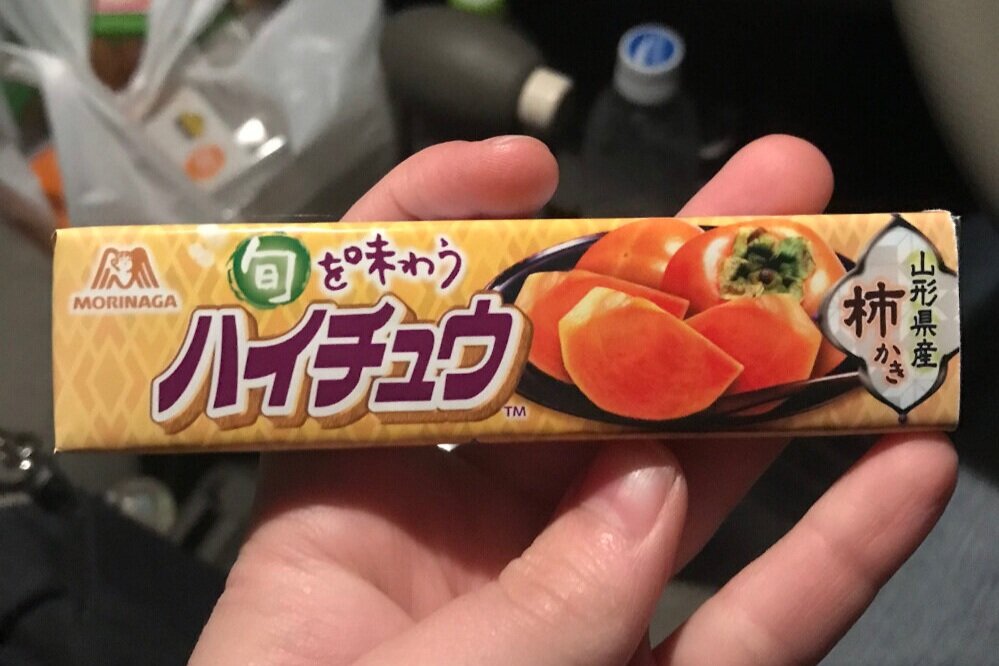Temporary Existence: The Cherry Blossoms of Japan
An over 100-year-old cherry blossom tree in Aomori, Japan, April 2018.
One thing that continues to impress me about Japan is the flowers. Yes, I grew up around the most varied and lushest gardens that could be found in Utah (I’m biased when it comes to my mom and her friends’ gardens), but when spring comes to Japan each year, every bush and tree seems to blossom and fields and forests turn the most luxurious green that I have never seen in Utah. Then there is Japan’s obsession with blossoming cherry trees. You cannot escape them here. Not only will you find the trees blooming in unlikely places of your neighborhood, you will also find a sudden influx of blossom-flavored sweets, drinks, breads and more popping up in all the stores.
This flower obsession is nothing new for Japan. The old Japanese poetry and other literary pieces I read during my college time frequently alluded to cherry blossoms. One such waka by the famous poet-monk Saigyo (1118-1190) uses the imagery of blossoms to express sadness about change:
Gazing at them, immersed,
I become so intimate
with the blossoms;
and with the falling away and separation
comes sorrow
Saigyo, Translation dlb (uwosh.edu)
In works like this, cherry blossoms are often linked to the idea of impermanence. The attachments in the authors` lives are made more beautiful, their losses more melancholy, by linking them to the scattering cherry blossoms that only last a few weeks in spring. Our lives and experiences are shadowed by the idea of impermanence. Or shall we call it the ideal of impermanence.
This ideal creeps into modern life in Japan: The limited seasonal and location-dependent foods found in different parts of the country; Convenience store ice cream and candy flavors that change every season and then do not necessarily return the following year when the same season rolls back in; Other teachers and friends that come and go as people move on with their lives. I realize as I write that I’ve been around here a while, longer than many other assistant language teachers I have known. It has been long enough to wonder if anything will stay the same in my life in Japan. Maybe this is just life anywhere, but living in Japan highlights this ideal of impermanence more than anywhere else I have lived. Life is impermanent, and Japan is not afraid to show it with the simple things like food and flowers.
My favorite Hi-Chew candy flavor, persimmon (kaki), discovered November 2018.
As I wonder if the delicious persimmon-flavored Hi-Chew candy will return to stores this fall, I realize there is something else, something the obsession with the flowers and flavors of impermanence is hiding from us. The thing with cherry blossoms is that they will bloom next year, and the next one after that. Each year, cherry blossoms continue to be praised by people who go in hoards every year to see them even though they have already seen them last year, and the year before that. Even though each flower vanishes, petals scattering upon the breeze, new flowers will always come back in the following years. Within the idealized symbol of impermanence is the unexpected promise of steadiness.
So do cherry blossoms represent impermanence or do they instead teach us patience? As with the cherry blossoms each year, many things in life do seem to come back around even though they may take their time in coming. New friends enter, old friends return, and once-loved flavors are brought back with nostalgic force. There is hope. I may see the persimmon Hi-Chews again even if it is not this year. Or the next. In the meantime, I will fall for another treat that Japan flaunts as impermanent. Maybe it will be. Maybe it will not. I will enjoy the cherry blossoms while they last.
Since the day I saw
Mount Yoshino’s
blossoming treetops,
my body’s one place,
my heart in another
Saigyo, translated by Burton Watson, Poems from a Mountain Home, 36 (uwosh.edu)
Cherry blossoms, sakura, of Mount Yoshino in Nara, Japan, April 2018.
By Kate Linsley



